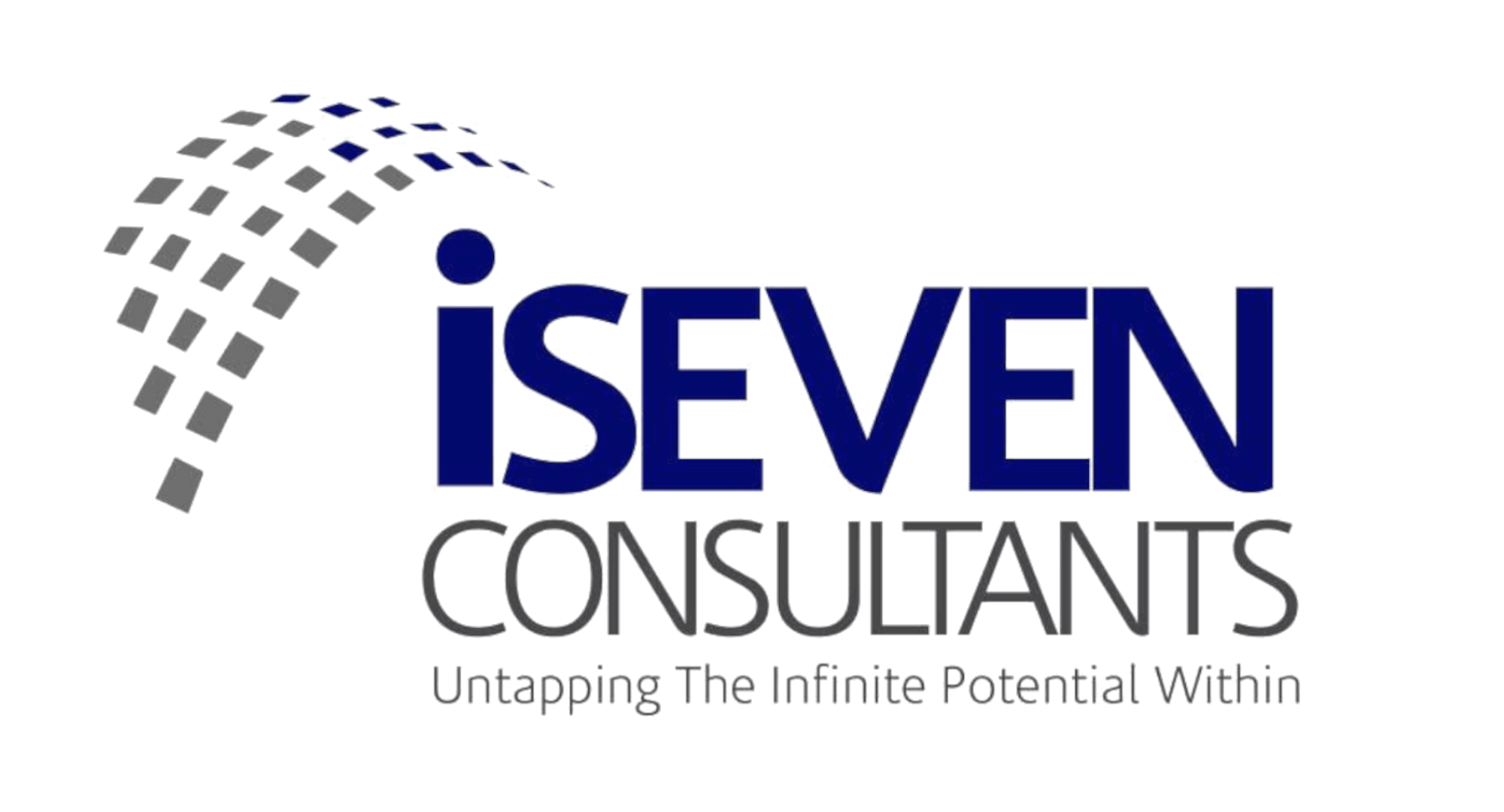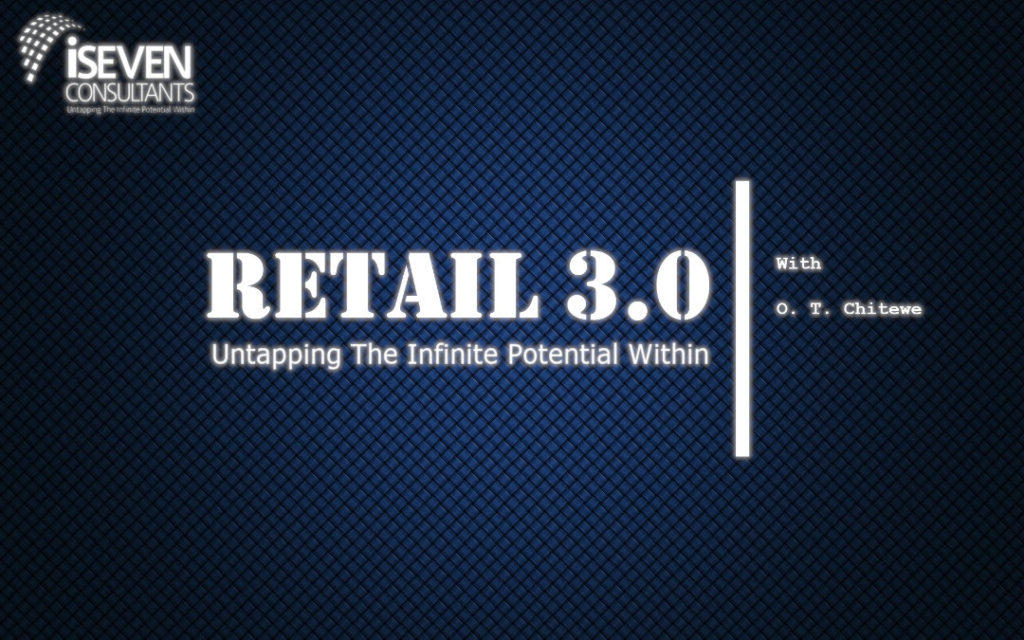In this second part of retail 3.0, we briefly look at retail administration. This article tackles various aspects of administration, providing an overview of the issues that come under consideration when successfully setting up and running a retail enterprise. These, of course, should not be confused with the day to day retail business operations. It is important to note that the areas discussed in this article can be applied in various business models, and can be tailored to meet the expectations and requirements of an industry or sector. The article looks at the following;
· Finance/ bookkeeping
· Human resources
· Supply chain management
· Security
Financial management/ bookkeeping
Bookkeeping is the systematic recording and organizing of financial transactions in a company. According to CPA Australia, there are businesses that fail because of bad management of finances while others in their entire operations fail to keep any form of accounting records. Managing and recording financial transactions is essential to the sustenance of a business model, particularly a retail enterprise. Areas covered by basic bookkeeping include managing cash flow, keep records of all financial transactions monitoring assets, all of which should allow the business to generate financial reports. The associated benefits include, but are not limited to, improved management and financial analysis as well as informed decision making.
Human Resources
Human capital can be viewed as an essential asset, one often considered as extremely dynamic. A retail outlet as small as a convenience store requires an average of 3-5 individuals to operate smoothly. In light of this, the moment a business considers employing it needs to address the following issues;
· Recruitment
· Employee training and development
· Filing and employee record keeping
· Provision and administration of employee benefits
· Establishing a company code of conduct
Though some employers would like to differentiate their Human Resource Management Systems (HRMS), they can only do so while using their country’s set labour laws/ code of conduct as a guideline. Failure to do so could give rise to both internal and external pressures that may potentially have a negative impact on the business. Also to note is the need to identify the positions, roles or duties that need to be filled and executed, establishing the selection process and criteria for candidate qualification among other things.
Supply chain management
It is often said that as long as you choose to venture into the business of providing goods/ services you will eventually require supplies/ materials to ensure continued service. Once this becomes apparent the need to establish efficient supply chain management systems becomes unavoidable.
A basic procurement strategy establishes and consolidates the following systems;
· Procurement/ buying (the act of sourcing goods and trade agreements)
· Purchase order generation (either as part of procurement or stock replenishment)
· Inventory management
· Price management (markups and margins)
· Value addition (usually for manufacturing departments)
· Receiving and dispatch policies and procedure
Retailers, as with most businesses, seek to make a profit from their endeavours. This calls for proactive procurement, stock replenishment and value addition on acquired resources. However, it is pricing that dictates most of this activity as it is a crucial role as that allows the retailer to carefully establish the respective margins that would sustain the business. Inventory management, though often taken for granted, weighs heavily on a business when not handled properly. For example, an entire shipment can expire or become damaged before even reaching the trading floor if a retailer is not careful. Though the impact of such is highly dependent on trade agreements, these are risks that could potentially destroy a business when not managed properly.
Security
As highlighted earlier on, some businesses fail because of bad management of finances. To establish a retail business capital has to be ploughed into the business for it to be able to establish and provide the goods and services that would sustain it. These goods/assets need to be safeguarded lest they fall prey to theft or pilferage. Some basic security features include;
· Closed circuit televisions
· Strongroom and safe
· Alarm systems
· Internal/external security personnel
· Panic buttons (in strategic places or with individuals in high-risk sections)
Bringing it all together
The areas highlighted above represent key administrative issues to consider when engaging in a retail enterprise. However, they are not limited to these. For instance, cost containment and stocktaking can be viewed as essential administrative issues, while some choose to include operating systems and software to the list. A business requires a strong administration, with personnel committed to the vision and goal of the organization. Failure to competently and efficiently tackle administrative issues during the planning and operational phases could potentially ruin a business in its first five years.

